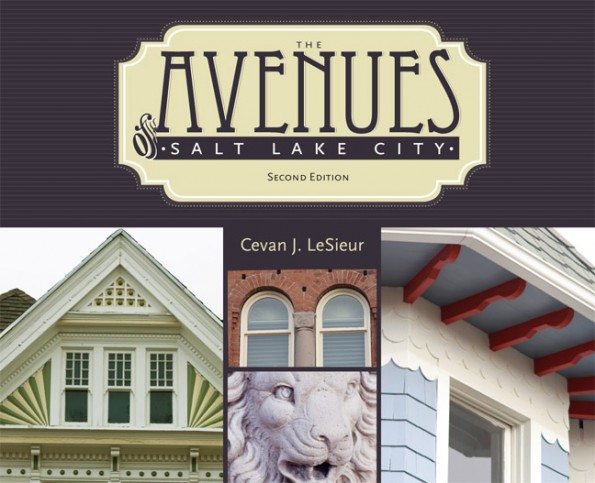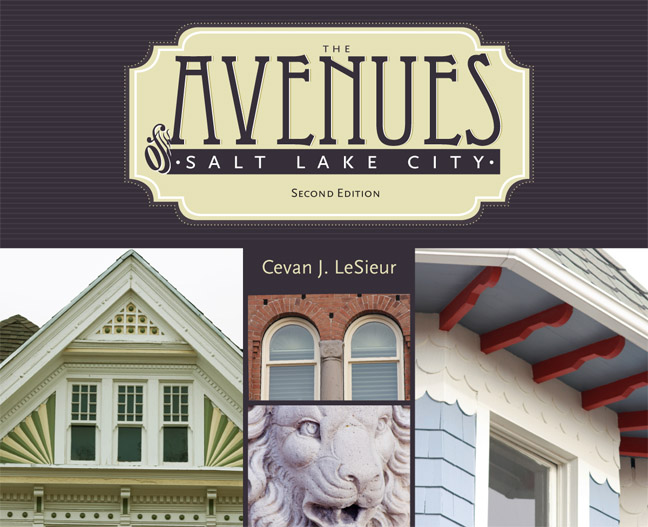 The Avenues is one of Utah’s oldest neighborhoods. Many homes in the area have sandstone foundations and adobe walls; but despite these inferior building materials, most Avenues residents appreciate their abodes for the homes’ history and uniqueness. This inspired one Avenues resident to update an old book which he discovered in the 1980s.
The Avenues is one of Utah’s oldest neighborhoods. Many homes in the area have sandstone foundations and adobe walls; but despite these inferior building materials, most Avenues residents appreciate their abodes for the homes’ history and uniqueness. This inspired one Avenues resident to update an old book which he discovered in the 1980s.
Cevan LeSieur revised a 1980 version of the book, The Avenues of Salt Lake City, originally written by Karl T. Haglund and Philip F. Notarianni. It is a thorough treatment of the very best of Avenues homes and includes a catalog of the most significant dwellings, describing both architecture and giving short profiles of the first residents. LeSieur is a ship captain who ports out of Southern California, but his passion for the history of Avenues houses led him to choose this hillside area for his home. The amount of additional research he conducted on his second addition makes it clear that this book was indeed a labor of love.
Most of the homes in the Avenues were built prior to the 1930s in an age when prospective home owners would work directly with an architect to design and build a home a family intended to reside in for their entire lives. Some of the features of Avenues homes include broad balconies, steep-pitched roofs, built-in shelving, laundry chutes and rooms built specifically for family members. Often, garages are accessed by alleyways.
It’s this sense of permanence and attention to detail that is presented in the architecture when one walks from A Street to U Street, and from 1st to 12th Ave. (In more recent years, builders have extended the neighborhoods to 18th Ave.) The architecture style range from ornate Elizabethan homes, also known as “painted ladies,” to mission-style bungalows and gilded-age mansions. The South Temple mansion built by former mining titan Thomas Kearns became the Governor’s Mansion. There are homes built for millionaires not far from homes constructed for teachers and shopkeepers.
LeSieur’s book contains many succinct accounts, with photos, that detail both home and homeowner. It is designed as a take-along guide for those wishing to explore this historic district.
What one can learn is that the first residents of Salt Lake City built a residential district to connect residents with their neighborhood. From nearly any home in the Avenues, residents can walk to local grocery stores, barber shops, a library, and hiking trails in City Creek Canyon. The overall design principle was for convenience and connection to not just the city, but to their own neighborhood. The mixed-use zoning found in the Avenues is not permitted in most neighborhoods built today. Instead, today’s communities are designed so that store trips require a car. Rather than neighborhood shops, modern urban plans include distant centralized retail space supported by massive parking lots. LeSieur’s book shows that we could learn from those who built and planned the Avenues.
If Avenues home values are an indication, it certainly seems that the pioneer architects and planners, have proven well the test of time. In the 1970s and 1980s, Avenues home values saw a decline and a home was easily bought for around $20,000. Today the average home value is over $300,000, inventory is limited, and most residents have no intention of selling.
The Avenues of Salt Lake City is published by University of Utah Press






